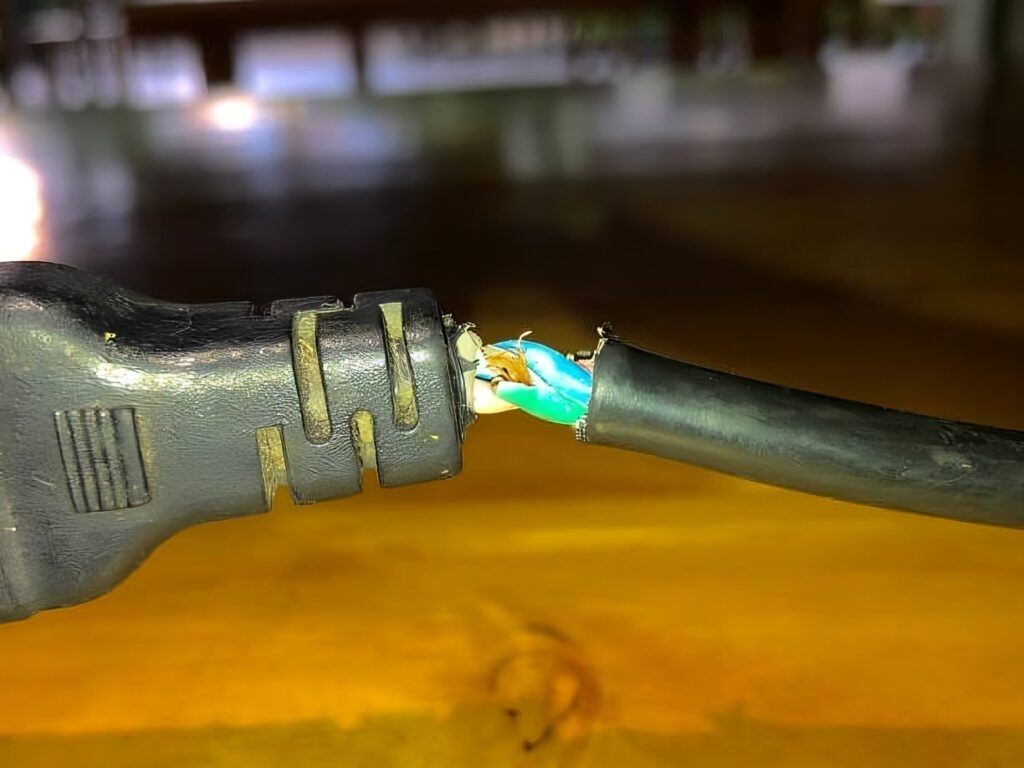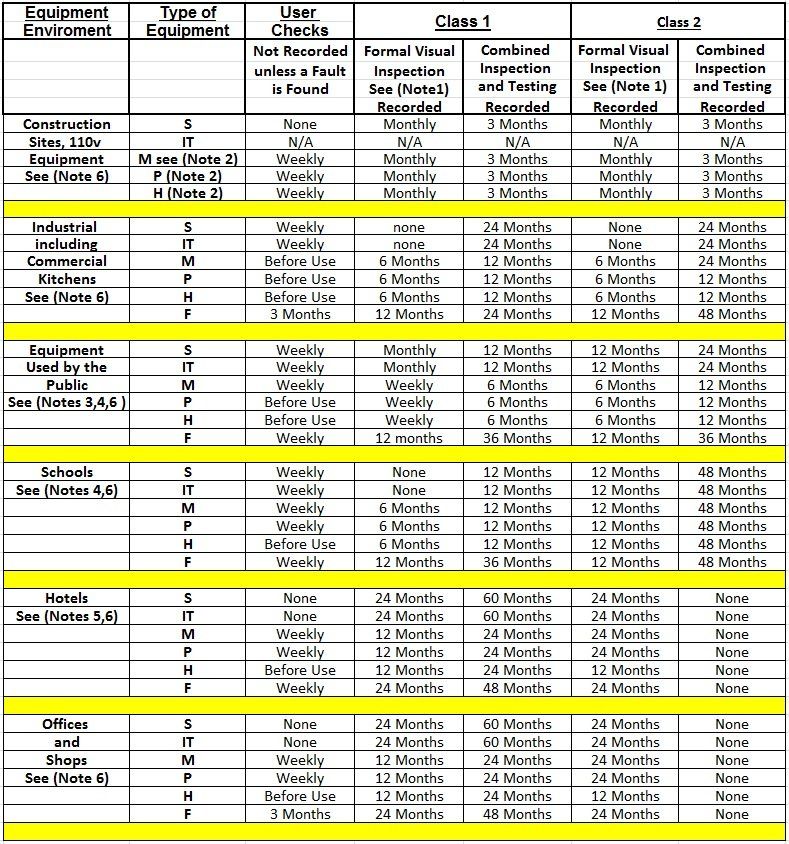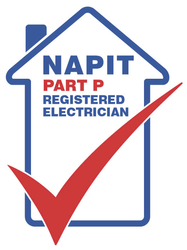Sadly, incidents involving electrical equipment are more common than you may think. Approximately 6700 fires a year are
reported as having an electrical source, which includes faulty or inadequate wiring. These fires, along with electric shock accidents cause
around 43 fatalities and 2900 serious injuries every year. Here is what the West Midlands Fire Service says…

234 house fires were caused by faulty or misused appliances.
According to The Health & Safety Executives they suggest you regularly visually inspect and carry out electrical tests on all your electrical items. This includes items like kettles, computers, extension leads, fans, fax machine, and any other electrical device (not only Portable appliances). The reason you should have these checks and tests done is because electrical cables, enclosures, plugs, switches, socket-outlets and other equipment can get worn over time and so it is important to get them checked on a regular basis and have results recorded in compliance with the Electricity at Work Regulations 1989, which states that your electrical items should be maintained so that they are safe.
If following an accident the HSE investigation uncovers you have not had your electrical appliances checked and tested correctly and in accordance with the Health & Safety Act 1974 and the Electricity at Work Regulations 1989, they may hold YOU responsible for the accident or fatality.
Many companies have been taken to court following an accident or allegations of this nature and as the necessary P.A.T. tests have not been done. These companies have been prosecuted and fined thousands of pounds in compensation and legal expenses (examples on HSE website)
Portable Appliance Testing is a series of checks and tests carried out on all your electrical appliances (not only portable) ensuring they are in a safe condition and fit for their purpose as recommended by the Health & Safety Act 1974 and the Electricity at Work Regulations 1989. The results of these checks and tests are all recorded in one P.A.T. report and sent to the client whilst a second copy kept on file for a minimum of 5 years.
In accordance with the Health & Safety Act 1974 and the Electricity at Work Regulations 1989 P.A.T. testing should be done at frequent intervals to ensure all appliances are maintained in a safe condition and are not breaking down. These test frequencies should be done in accordance with the below table…
This equipment has a mass exceeding 18 kg and is not provided with a carrying handle
Electrical business equipment such as computers, Faxes, Etc.
18 kg or less in mass and not fixed, e.g. electric fire or Equipment with wheels, castors or other means to facilitate movement by the operator
An appliance of less than 18 kg in mass that is intended to be moved whilst in operation or an appliance which can easily be moved from one place to another
This is portable equipment intended to be held in the hand during normal use

So… ask yourself this “how would you feel if one of your staff or customers were injured, seriously injured or even killed because of one piece of faulty equipment which you didn’t get tested”
Nick Clarke Electrical is fast becoming one of the most trusted P.A.T. Testing companies to use. We have highly trained test engineers, who carry out the job fast and efficiently, and work around our customers needs to create as little disturbance as possible. These engineers are always at hand to answer any questions, or attend call-outs to help you.
We also offer a free reminder service of when appliances are due for re-testing. We can even set up a maintenance plan where we automatically contact you to arrange a date/time to come and re-test your appliances. We will then come and do the tests on that date and time saving you time and effort. Our Maintenance plans mean a worry free way of ensuring these tests never get missed.
All our prices are very competitive and realistic unlike other companies who don’t carry out thorough checks due to being on a tight time schedule to get as many items as possible tested in as little time as possible.
Here is what we charge…


WhatsApp us